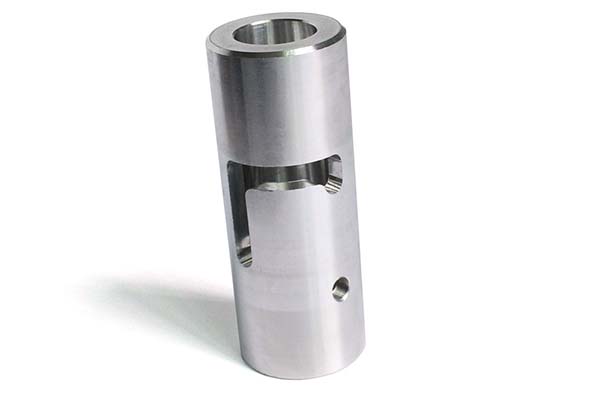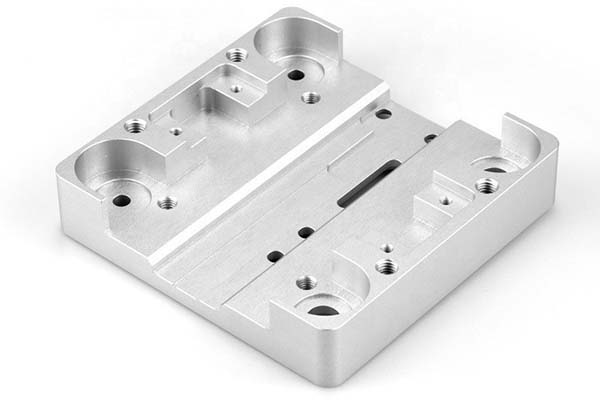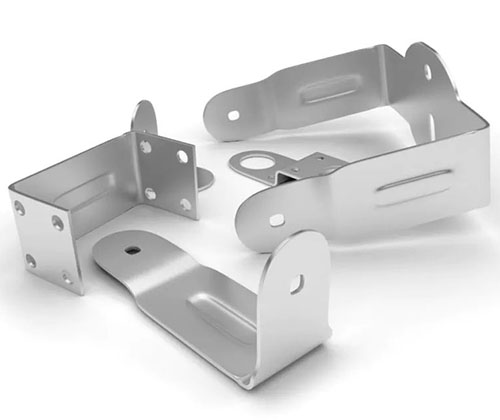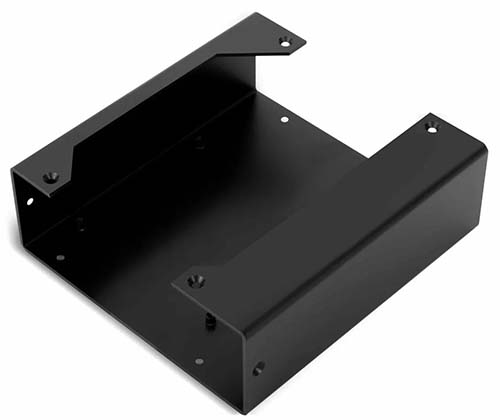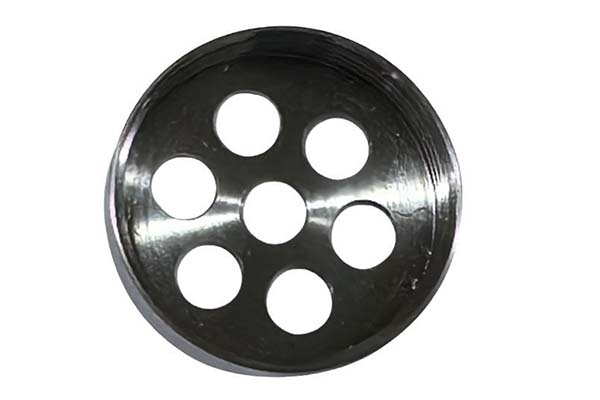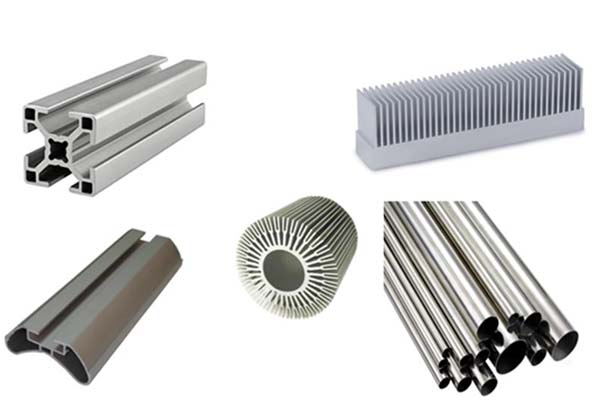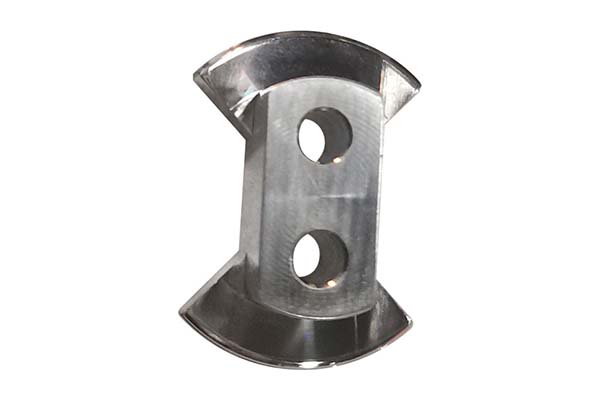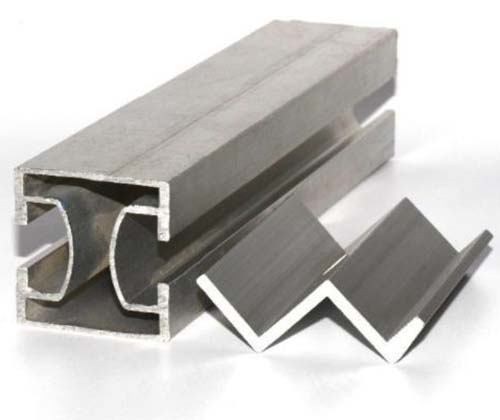You’ve turned to copper alloys for their unrivaled electrical and thermal conductivity, expecting parts that deliver reliable performance in electrical connectors and heat-dissipating components. But your production is facing challenges: the molten metal’s high viscosity causes incomplete fills in thin sections of plumbing components. Some castings have porous interiors that leak in pressure tests, while others have inconsistent electrical conductivity—failing to meet conductivity standards for power transmission parts. Maybe the die wears out alarmingly fast, with maintenance intervals cut in half, or the cycle time is so long it’s hard to meet production deadlines. Worse, your “high-purity” brass parts have brittle spots that crack under stress, undermining copper alloys’ promise of combining strength and conductivity.
Copper alloys—including brass (copper-zinc) and bronze (copper-tin)—are prized for their exceptional electrical conductivity, thermal conductivity, and corrosion resistance. Their unique alloying elements (tin, zinc, nickel) tailor properties for specific applications, from the high conductivity of brass to the wear resistance of bronze. But unlocking their potential requires mastering the die casting process, from high-temperature cold-chamber setups to post-treatment. In this guide, we’ll explore die casting copper alloys, helping you leverage their unique properties to create high-performance parts for conductive and corrosive environments.
Material Properties: The Unique Strengths of Copper Alloys
Copper alloys’ appeal lies in their specialized material properties—a blend of conductivity, strength, and corrosion resistance that makes them irreplaceable in critical applications:
- Mechanical and conductive performance: Copper alloys offer a range of mechanical properties tailored to their composition. Brass (60-70% copper, 30-40% zinc) delivers a tensile strength of 300-500 MPa, yield strength of 150-300 MPa, and elongation of 10-40%, with electrical conductivity of 25-45% IACS—ideal for electrical connectors and plumbing components. Bronze (85-95% copper, 5-15% tin) offers higher hardness (100-200 HB) and corrosion resistance but lower conductivity (10-20% IACS), making it suitable for industrial equipment and musical instruments. Both outperform aluminum in conductivity: brass conducts 2-3 times more electricity than aluminum, while bronze excels in heat transfer applications.
- Corrosion resistance and structure: Copper alloys’ corrosion resistance varies by composition. Brass resists freshwater corrosion, making it ideal for plumbing components, but can dezincify in saltwater—where bronze (with tin) performs better. Nickel-containing copper alloys (like cupronickel) withstand marine environments, lasting 10-20 years without significant corrosion. Their grain structure, refined by rapid cooling in die casting, minimizes porosity when processed correctly. Density ranges from 8.4-8.9 g/cm³ (heavier than aluminum but lighter than steel), providing stability in vibrating components like electrical connectors.
- Casting fluidity and workability: Copper alloys have moderate casting fluidity—lower than aluminum but sufficient for most complex geometries when heated to 900-1100°C. Brass flows better than bronze due to its zinc content, filling thin walls (1-2 mm) more reliably. Their malleability allows post-casting forming (bending, stamping) without cracking, a boon for hardware components that need final shaping. However, their high melting points require specialized die materials, increasing production complexity.
Die Casting Process: Overcoming Copper Alloys’ Challenges
Copper alloys’ high melting points and viscosity demand specialized die casting process controls to ensure quality and efficiency:
- Cold-chamber essentials: Copper alloys require cold-chamber die casting due to their high melting points (900-1100°C)—too hot for hot-chamber machines. Key parameters include injection speed of 1-2 m/s and injection pressure of 100-150 MPa—significantly higher than aluminum—to force the viscous melt into cavities. Dies are made from premium materials like H13 tool steel with ceramic coatings or nickel-based superalloys to withstand high temperatures, extending die life to 50,000-100,000 cycles (vs. 300,000+ for aluminum). Die lubrication uses high-temperature graphite or boron nitride to prevent sticking, applied sparingly to avoid contamination that reduces conductivity.
- Die design and cooling: Copper alloys’ high heat retention requires aggressive cooling rate control (50-100°C/s) via water-cooled channels to prevent die damage and ensure dimensional stability. Draft angles of 2-3° (larger than aluminum) ease ejection, reducing stress on solidified parts. Venting (0.2-0.3 mm gaps) is critical to release trapped gas, as porosity in copper alloys impairs conductivity and pressure resistance—electrical connectors with porosity can overheat, risking failure. The gating system uses short, wide runners to minimize pressure drop, with parting lines positioned to avoid flash that would require grinding (which can introduce stress cracks).
- Post-casting steps: Copper alloys require minimal post-casting treatment to preserve conductivity. Shot blasting (80-100 grit) removes surface oxides without damaging the conductive matrix, while annealing (heating to 400-600°C and slow cooling) relieves internal stress, improving ductility. Quality control includes conductivity testing (using eddy current probes) to verify 25-45% IACS for brass and pressure testing for leak-tightness in plumbing components. For decorative items, polishing achieves a mirror finish, highlighting copper’s natural luster.
Applications: Where Copper Alloys Excel
Copper alloys’ unique properties make them indispensable in conductive, corrosive, and decorative applications:
- Electrical and thermal components: Electrical connectors, terminal blocks, and bus bars rely on brass’s high electrical conductivity (25-45% IACS) to transmit power efficiently—reducing energy loss by 10-20% compared to aluminum. Heat sinks in power electronics use copper alloys for their thermal conductivity (100-200 W/m·K), dissipating heat 2-3 times faster than aluminum. Lighting fixtures with copper components also benefit from improved heat management, extending LED life.
- Plumbing and marine parts: Plumbing components (valves, fittings, pipes) use brass for its corrosion resistance in freshwater and ease of machining—threads cut cleanly, ensuring leak-tight connections. Marine applications (propellers, pumps) leverage bronze’s resistance to saltwater corrosion, outlasting steel by 5-10 years. Bronze’s low friction also reduces wear in rotating parts, lowering maintenance costs.
- Industrial and decorative items: Industrial equipment like gears, bearings, and hydraulic components uses bronze for its wear resistance and strength, withstanding heavy loads in machinery. Musical instruments (trombones, cymbals) rely on bronze’s acoustic properties—its grain structure produces rich, resonant tones. Decorative items (door handles, sculptures) and architectural elements use copper alloys for their natural patina, which develops over time, enhancing aesthetics without compromising durability.
Performance and Benefits: Why Copper Alloys Stand Alone
Copper alloys offer performance and benefits that make them irreplaceable in critical applications:
- Unmatched conductivity: Copper alloys’ electrical conductivity and thermal conductivity outperform most metals, making them essential for energy transmission and heat management. In power grids, brass connectors reduce energy loss by minimizing resistance, while copper heat sinks prevent electronics from overheating—critical for reliability in medical devices and aerospace systems.
- Corrosion resistance: Copper alloys’ ability to resist corrosion in water, chemicals, and salt environments reduces maintenance and replacement costs. Plumbing components last 50+ years, while marine bronze parts withstand decades of saltwater exposure—outperforming steel and aluminum in longevity. Their natural oxide layer (patina) acts as a protective barrier, self-healing minor scratches.
- Aesthetic and functional versatility: Beyond performance, copper alloys offer unique aesthetics—from brass’s golden luster to bronze’s warm brown tones. This makes them ideal for decorative items and architectural elements where appearance matters as much as function. Their ability to be polished, plated, or left to patina adds design flexibility, adapting to modern and traditional styles alike.
Yigu Technology’s Perspective: Expertise in Copper Alloy Die Casting
At Yigu Technology, we specialize in copper alloy die casting for clients needing high conductivity and corrosion resistance. We use nickel-based die materials and optimized injection pressure (120-140 MPa) to ensure complete fills, even in thin-walled electrical connectors. Our cooling systems achieve 70-90°C/s cooling rate to prevent porosity, while post-casting annealing relieves stress for reliable performance. Whether you need plumbing components, conductive parts, or decorative items, we leverage copper alloys’ unique properties to deliver parts that excel in both function and durability.
Frequently Asked Questions (FAQ)
- Why are my copper alloy castings porous?
Porosity stems from gas entrapment due to low injection pressure or inadequate venting. Increase pressure to 130-150 MPa to force gas out, and expand venting to 0.25-0.3 mm gaps in deep cavities. Ensure molten metal is degassed before casting—use nitrogen purging to remove dissolved gases. Slow the injection speed to 1-1.5 m/s to reduce turbulence, which traps air. Finally, check die temperature (250-300°C)—too low causes rapid cooling, trapping gas.
- How do brass and bronze compare for electrical applications?
Brass (copper-zinc) has higher electrical conductivity (25-45% IACS) than bronze (10-20% IACS), making it better for electrical connectors. It’s also more cost-effective for high-volume production. Bronze (copper-tin) offers better corrosion resistance and wear resistance but is pricier. Choose brass for conductive parts in dry environments; use bronze when conductivity is secondary to durability (e.g., marine electrical components).
- Can copper alloys be used for lightweight components?
Copper alloys are denser (8.4-8.9 g/cm³) than aluminum (2.7 g/cm³), making them unsuitable for strict weight constraints (e.g., aerospace). However, their strength allows thinner walls than steel, offsetting some weight—brass parts can be 30% lighter than steel equivalents while maintaining strength. For weight-critical conductive parts, consider copper-clad aluminum (combining conductivity and light weight) as an alternative.
